You might have heard a lot of misconceptions about Pilates that could make you hesitant to try it. Perhaps you think it’s just for women, or that it requires expensive equipment.
Maybe you believe it’s not a real workout or that you need to be super flexible to participate. These myths can be misleading and might prevent you from experiencing the numerous benefits Pilates offers. Before you dismiss it, let’s take a closer look at these common myths and uncover the truth behind them.
Pilates Is Just for Women
One common misconception is that Pilates is just for women, but that’s far from the truth. Pilates offers a wealth of benefits for everyone, regardless of gender.
Originating from a man, Joseph Pilates, this exercise method focuses on core strength, flexibility, and comprehensive body conditioning.
Men can benefit greatly from Pilates, particularly athletes or those with physically demanding jobs.
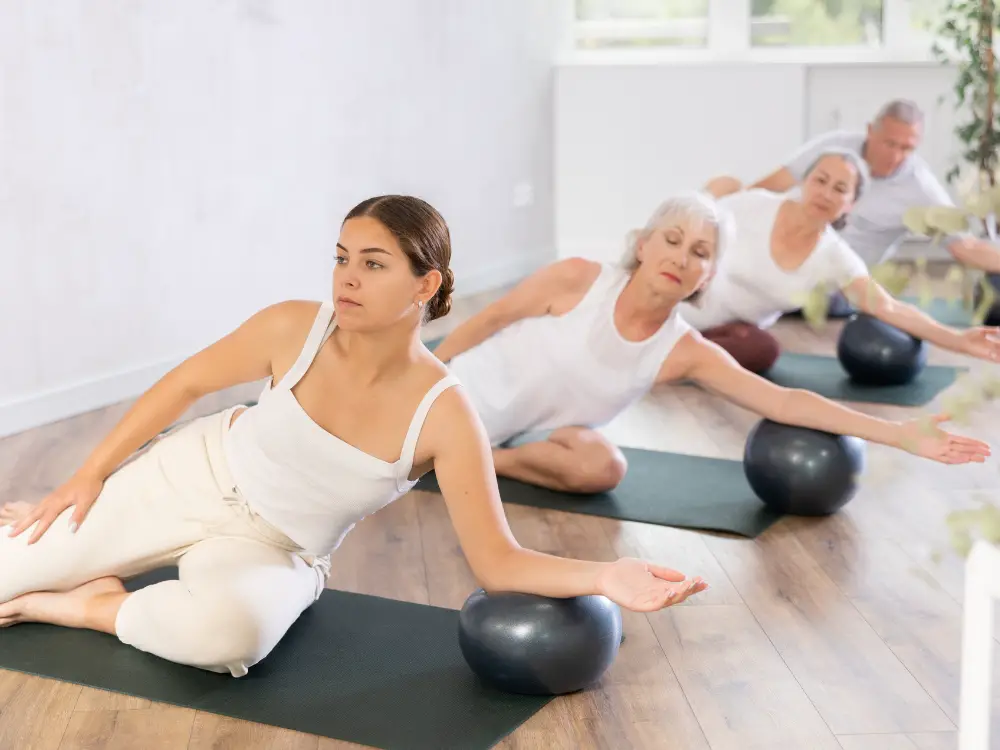
Pilates Isn’t a Real Workout
Many people mistakenly believe that Pilates isn’t a real workout, but this couldn’t be further from the truth. Pilates challenges your body in unique ways, focusing on core strength, flexibility, and comprehensive muscle tone.
It incorporates controlled movements and precise techniques, engaging muscle groups you might overlook in traditional workouts. You can expect to build strength, improve posture, and increase your range of motion, all while enhancing your mind-body connection.
Unlike high-impact exercises, Pilates offers a low-impact alternative that’s gentle on your joints, making it suitable for all fitness levels. Don’t be fooled by the calm appearance; Pilates can be highly demanding, often leaving even the fittest individuals feeling the burn.
So, yes, Pilates is undeniably a real workout.
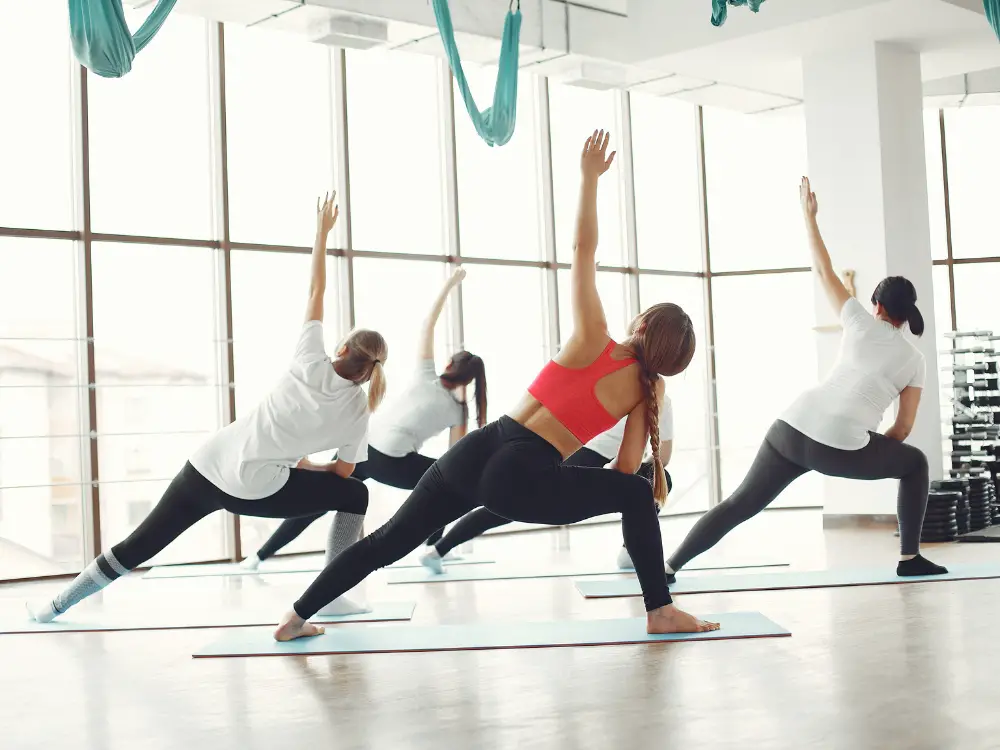
Pilates Requires Expensive Equipment
Contrary to popular belief, you don’t need to break the bank to practice Pilates effectively. Many people assume that Pilates requires expensive equipment, like reformers or special machines, but that’s not the case.
You can start with just a mat and some basic props like resistance bands, a small ball, and light hand weights. These items are affordable and versatile, allowing you to perform a wide range of exercises. Bodyweight exercises are also a core component of Pilates, requiring no equipment at all. Online resources, including free videos and tutorials, can guide you through effective routines.
By focusing on technique and consistency, you can achieve impressive results without investing in costly gear.
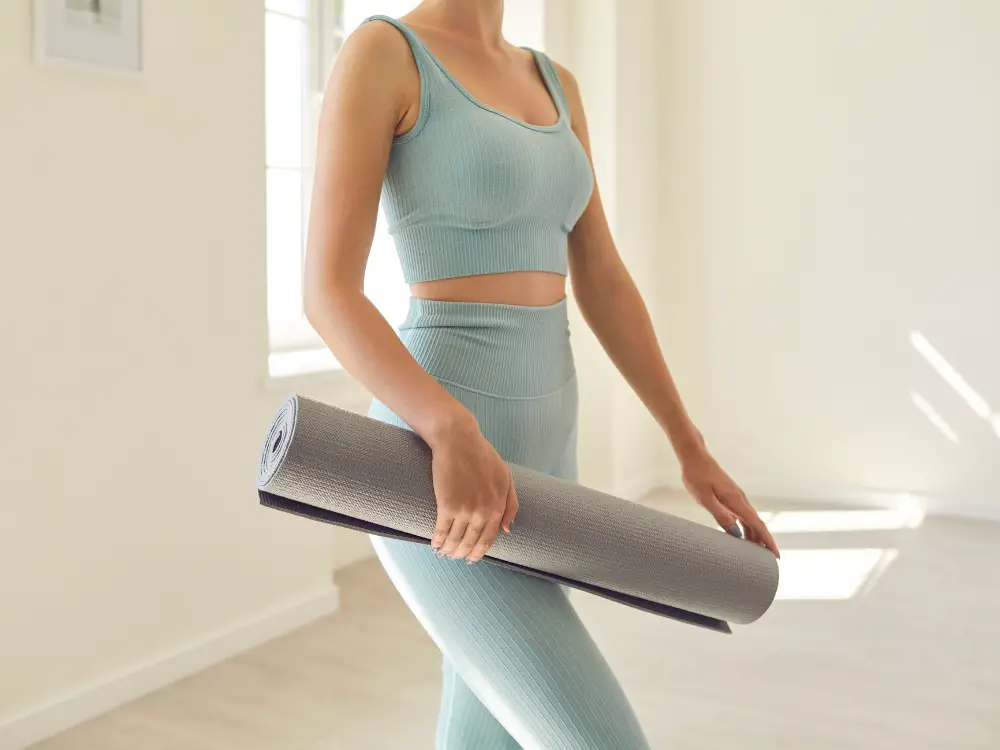
Pilates Is Only for the Flexible
It’s a common misconception that Pilates is only for the super flexible. In reality, Pilates is suitable for all levels of flexibility. The practice focuses on controlled movements and proper alignment, which can be adapted to fit your current range of motion. Instructors often provide modifications, ensuring that everyone can participate and benefit, regardless of their flexibility.
If you’re not flexible, Pilates can actually help you improve. Over time, the gentle stretching and strengthening exercises can increase your flexibility. Start with beginner classes or private sessions to receive personalized guidance.
Remember, each movement should be performed with precision and control, not necessarily with a wide range of motion. Consistency and patience are key to seeing progress.
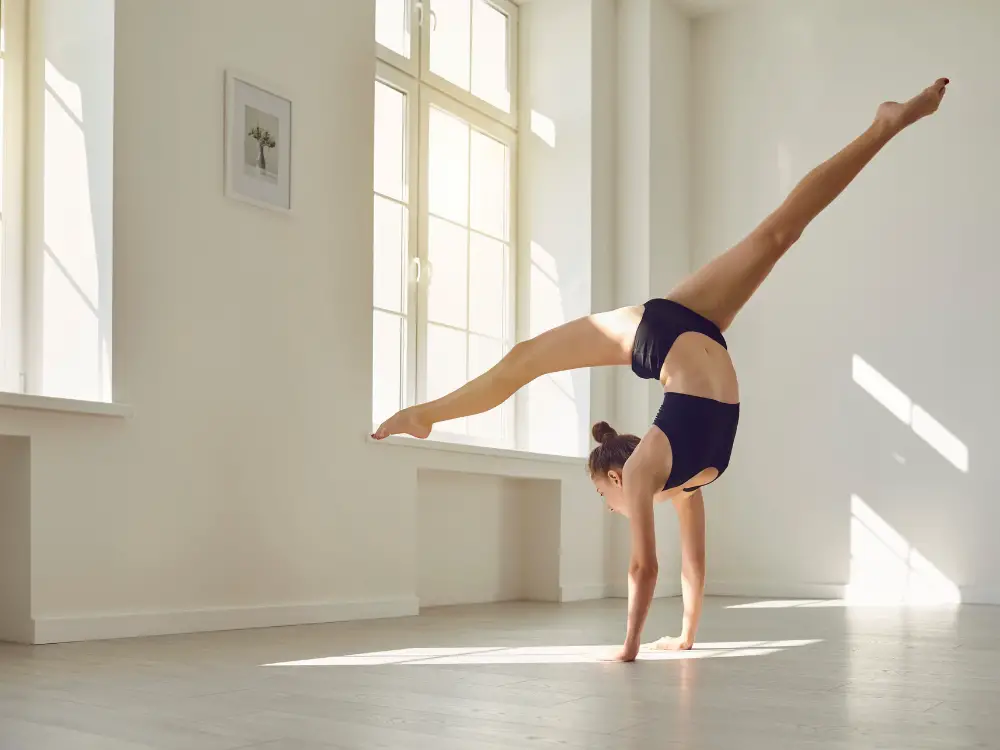
Pilates Doesn’t Build Strength
While flexibility is a significant aspect of Pilates, don’t underestimate its capacity to build strength. Pilates targets core muscles, but it doesn’t stop there. You’ll engage your back, glutes, and even shoulders. The controlled movements and resistance, often using your body weight or Pilates equipment, help in muscle toning and endurance.
It’s crucial to focus on proper form, which guarantees that you’re maximizing muscle engagement. Consistency is key—regular practice will lead to noticeable strength improvements.
Furthermore, Pilates encourages muscle balance, addressing any weaknesses or imbalances. This approach not only builds strength but also enhances overall functionality.
So, don’t let the myth fool you; Pilates can be an all-encompassing strength-building workout.
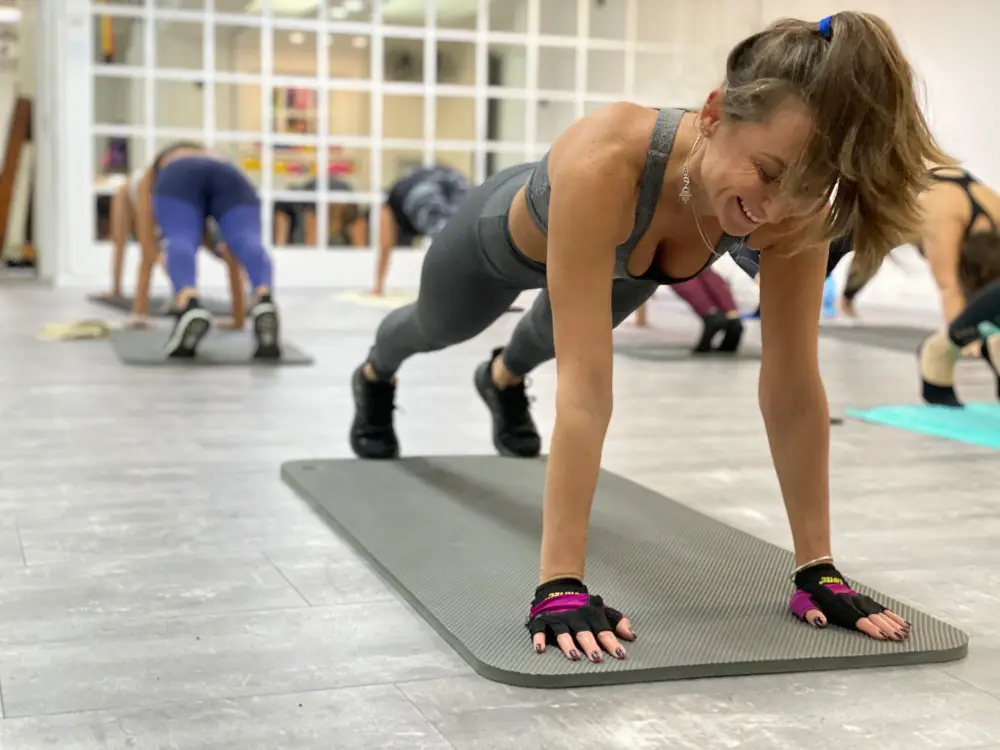
Conclusion
In conclusion, don’t let common misconceptions deter you from trying Pilates. It’s not just for women; it was created by a man and benefits everyone. It’s a real workout that effectively builds core strength and muscle tone. You don’t need expensive equipment; minimal gear suffices. Flexibility isn’t a prerequisite; anyone can start regardless of their current flexibility.
Finally, Pilates does build strength, enhancing muscle balance over time. Give it a try and experience the benefits yourself.

